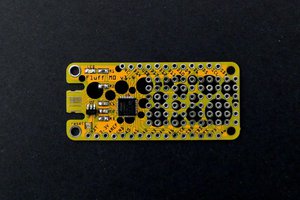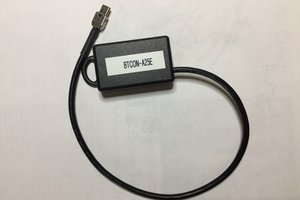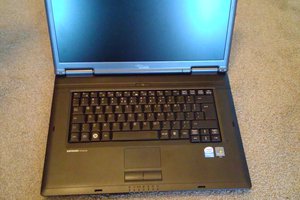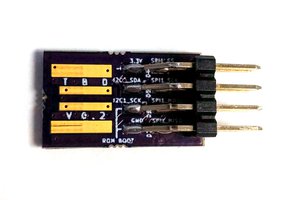Wyolum co-founder and Hackaday writer Anool Mahidharia found mitxela's project and wrote about it here. Tim Alex hand wired his on protoboard, and Anool, being a Kicad wiz whipped out a PCB version.
It's all cleverly based on VUSB, and uses their sample usb id, so you should only use it for personal use. you can buy a hobby license from obdev pretty inexpensively
There's one extra IO pin left over so we brought that out to the end to perhaps support an Iambic/paddle key (the code might not fit.)
There's also a little hack to allow the reset pin to be used as an analog input. It's wired as a voltage divider with a series resistor insuring that it will always be high enough to keep the processor out of reset. Details can be seen here: https://arduinodiy.wordpress.com/2015/07/06/using-the-attinys-reset-pin-without-setting-fuse-bits/
 Kevin Osborn
Kevin Osborn
 deʃhipu
deʃhipu


 ajlitt
ajlitt
A really great stuff you have shared here. Very nice project. I like your projects.
https://www.targetpayandbenefits.us/